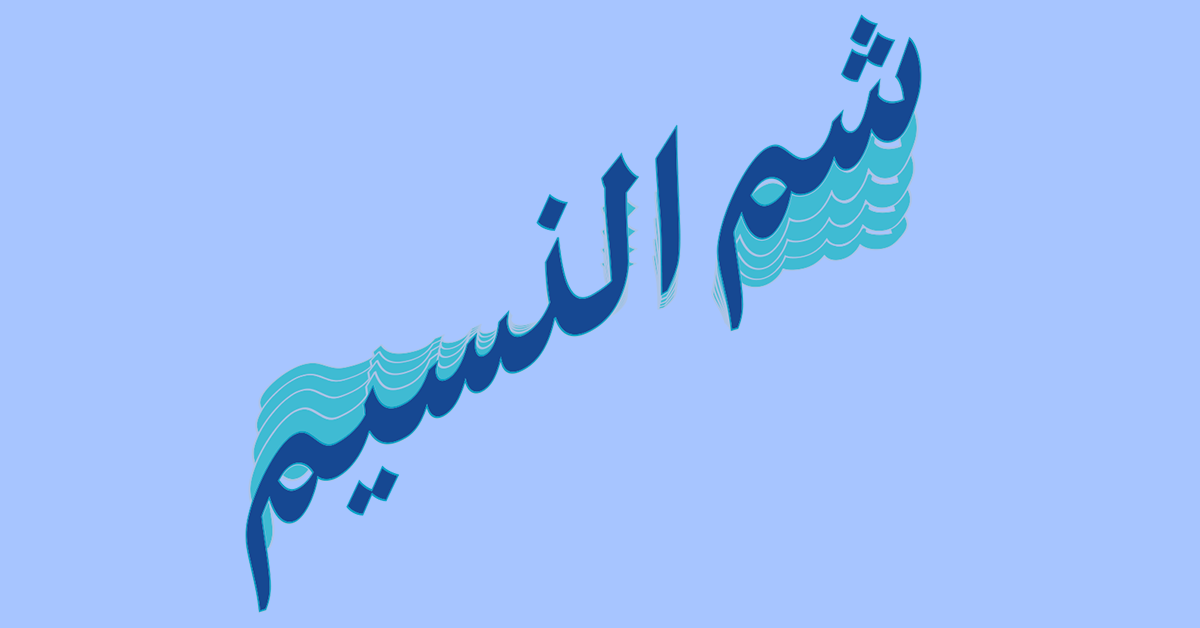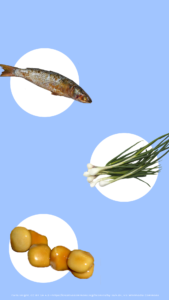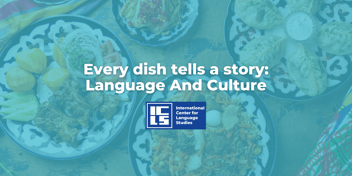Arabic Holidays for Pharaohs: Sham En-Nessim

Did you spend your childhood poring over books about Ancient Egypt? Are you fascinated by intricate myths and legends of gods and goddesses? Or maybe you just think the Giza Pyramids are pretty cool?
Regardless, did you know that one of Ancient Egypt’s most famous festivals is still celebrated by over 100 million Egyptians today? It’s called Sham en-Nassim, and it’s one of the most unique celebrations of spring in the world! Read on to learn more about one of the unique Arabic holidays and even learn Arabic a little bit.
Origins of Sham en-Nassim
The modern Sham en-Nassim started as a celebration of shemu, the Ancient Egyptian name for the “low water” or “harvest” season. Each year, the Nile River would flood its banks to fertilize farmers’ fields. When the water retreated, they harvested their crops. Sham en-Nessim was originally the Egyptian holiday to celebrate the beginning of this harvest. Egyptians would offer salted fish, lettuce, and onions to the gods — and these offerings eventually gave rise to the food traditions of modern Sham en-Nessim celebrations.
A Happy Coincidence: How the Holiday Got Its Name
Sham en-Nessim was originally named “shemu,” after the season it celebrated. Over time, as the Egyptian language evolved, the word had a couple key vowel changes that brought it closer to its modern form. And when Egypt was Arabized, Egyptians noticed a happy coincidence. The original Egyptian name for the holiday sounded suspiciously like the Arabic phrase “sham el-nessim,” which means “smelling the breeze.” Fortunately, that phrase described the now Arabic holiday almost perfectly, and the name stuck!

Modern Traditions
Sham en-Nessim is all about food and enjoying the outdoors. Egyptians usually spend the holiday outside in local parks or on beaches and enjoy a large, family-style traditional meal. The Sham el-Nessim table can contain any number of different dishes and regional specialties, but no matter where in Egypt you are, you’re likely to find these three traditional foods:
- Feseekh (فسيخ): a fermented fish dish
- Green onions: a symbol of spring, eaten with the feseekh
- Termes (ترمس): lupini beans served as a snack
Of course, you’re sure to find other Egyptian favorites served on the holiday, from kofta (meatballs) to taameya (Egyptian falafel). Depending on where you are in Egypt, you might also find regional favorites like metdel’a (متدلعة), a sweet from Tanta in the Nile Delta. Even though it’s celebrated by both Christians and Muslims alike, Sham en-Nessim always falls on the Monday after Orthodox Easter in Egypt.
Explore Egyptian traditions with ICLS Arabic classes!
Want to learn more about Egypt’s history and traditions? Start with language! Arabic is the official language of Egypt and is spoken by over 350 million people all across the Middle East. At ICLS, we offer online Arabic courses with top-tier instructors and curricula tailored to your unique goals. And if you want more individualized attention in your pursuit to learn Arabic, you can sign up for a private course.


